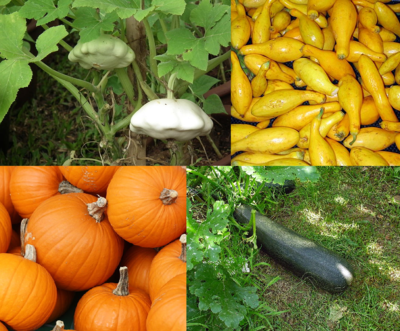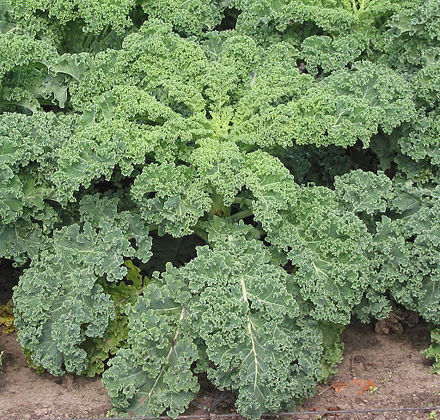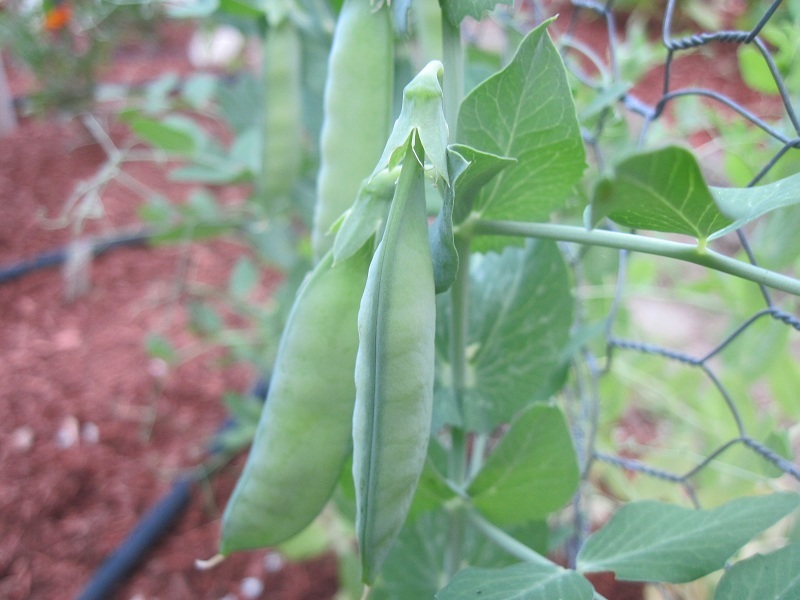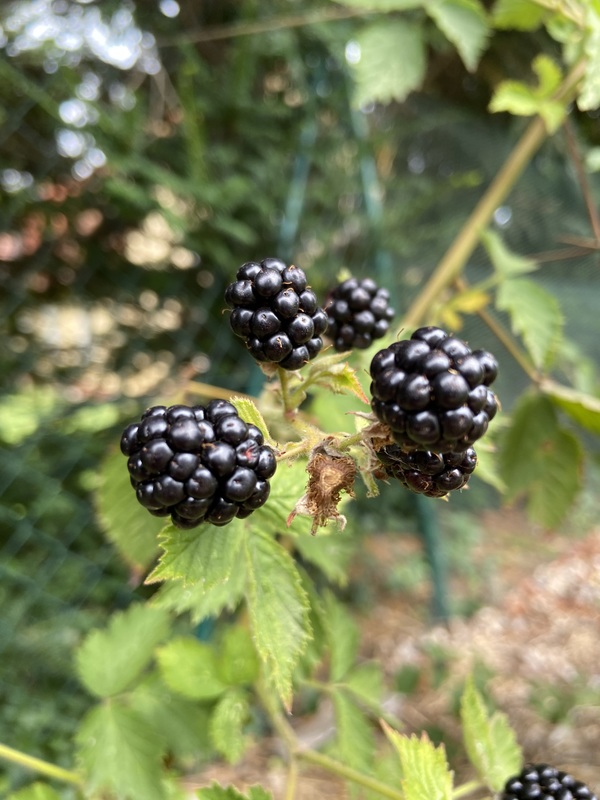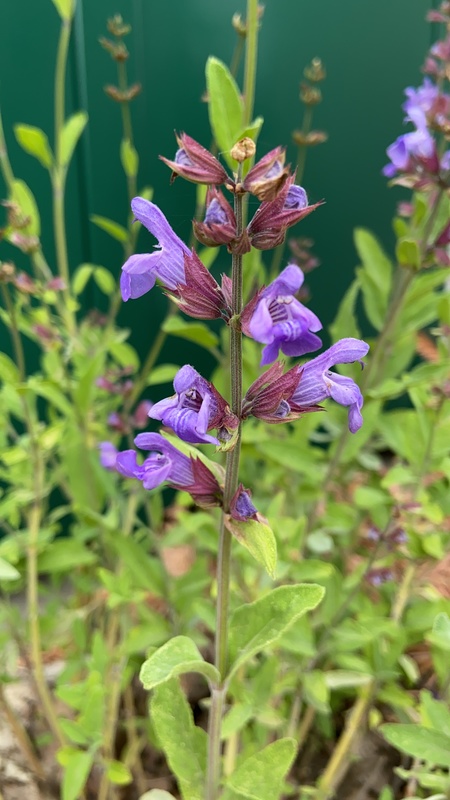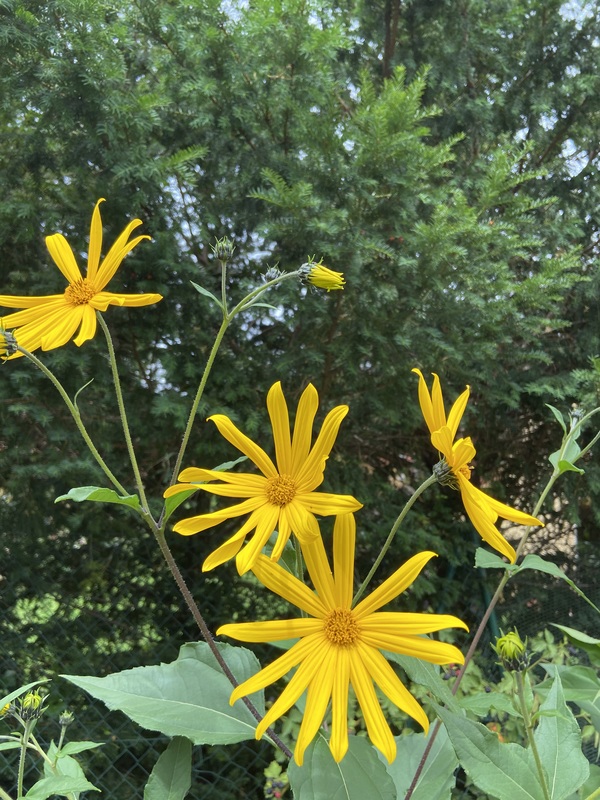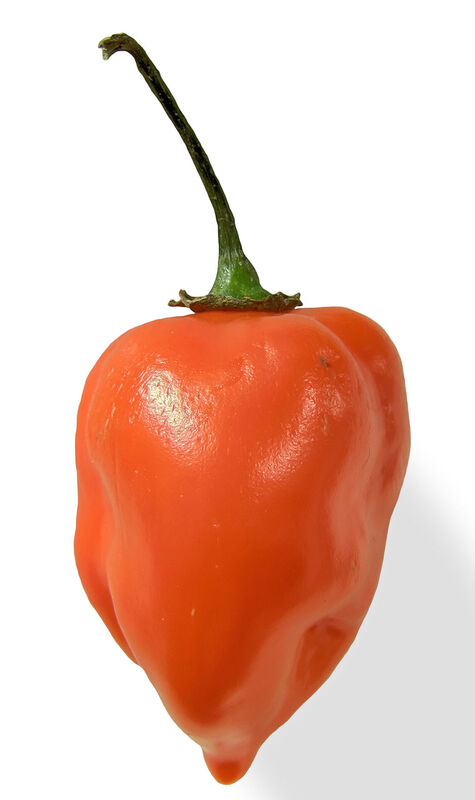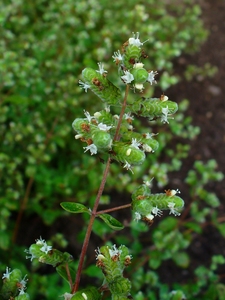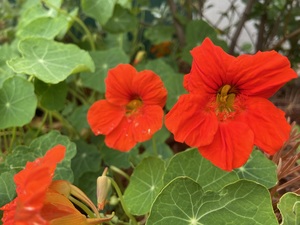Description
Cucurbita pepo is a species of plant native to North America. It contains many varieties of squash and is commonly grown by gardeners and farmers. The plant has large, lobed leaves, and a thick stem. The flowers are yellow and the fruit is typically large and round or oval-shaped. The plant can grow to be quite large, with some varieties reaching over 6 feet in height and 10 feet in width. It is fast-growing and can be differentiated from other plants by its large leaves and fruit.
Cucurbita pepo prefers well-draining soil and full sunlight. To cultivate it successfully, a grower will need to provide plenty of water and ensure that the soil is warm enough for the seeds to germinate. The plant is not winter hardy and will not survive cold temperatures.
Some varieties of Cucurbita pepo are edible, including pumpkins, zucchini, and acorn squash. The edible parts of the plant can be stored after harvest by curing the fruit in a warm, dry place for several weeks. This will help to preserve its flavor and texture.
Cucurbita pepo has a variety of uses. The plant is often used as a source of food, both for humans and for animals. The fruit is high in vitamins and minerals and can be cooked in a variety of ways. The seeds can also be eaten, and are high in protein and healthy fats. In addition to its use as a food source, the plant can also be used for medicinal purposes. The leaves and fruit can be used to treat a variety of ailments, including stomach aches and skin irritation.
The plant is also valued for its ability to attract wildlife. Bees and other butterflies are attracted to the flowers, and birds and small mammals often eat the fruit. This can help to support local ecosystems and promote biodiversity.
